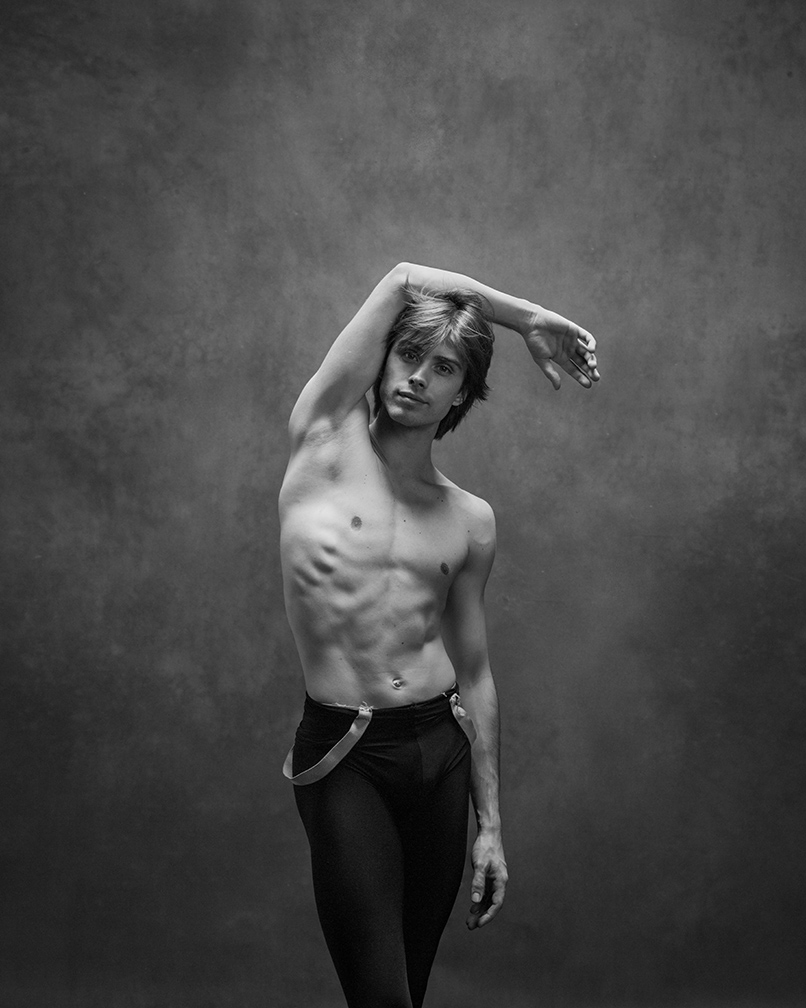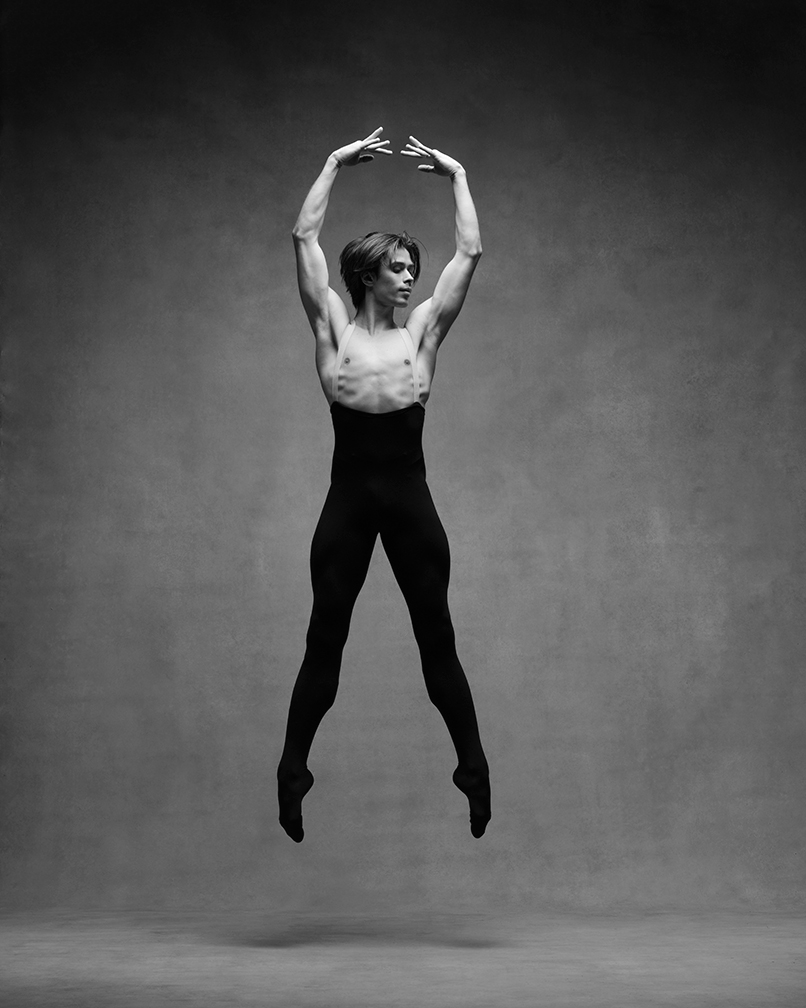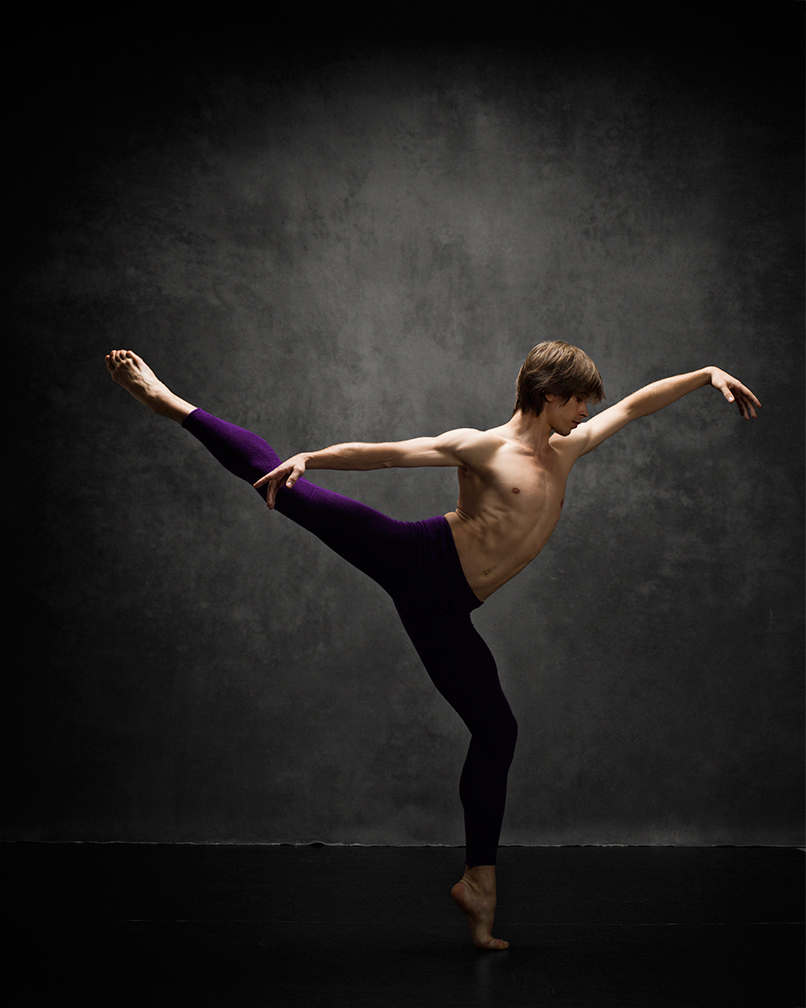
Photo © 2014 NYC Dance Project
NYCDP QUESTIONNAIRE:
Have you danced in NYC before? Other than performing in NY, what is your favorite thing about the city?
AO: This is not my first American tour, but it is my first tour to New York City. There are so many things in this city, so many places, landmarks and museums, that I think everybody has to visit at least once in their lives. I can tell you that as I get to know the city little by little. I think the audience reception here was very warm, and I hope that I will be coming back to New York. I intentionally changed my flight to stay for 5 more days to see more of the city!
Is NY any different from other tours for you, and if so, how?
AO: Performing at my best at Lincoln Center was my primary concern, because New York is one of the main centers of ballet in the world. I had to dance in front of an audience that is very sophisticated, and who are also very tough critics. This tour, however, had a special responsibility not only because of this: in recent months, relations between our governments have greatly soured, and these political divisions, alas, under the influence of media propaganda, distort the perception of people. I believe that common cultural values is one of the most effective unifying tools. I believe that art has no national boundaries! Therefore this tour became a mission of sorts: it is important to show that we, the Russian people, have the same sorrows and joys, that we are capable of strong emotions and high art, can expose the beauty of what we have inside of us, and are willing and happy to share it with the world.
Having performed in NY now, do you think the audiences are any different from in Russia? Are they more or less reserved?
AO: During the performance, the audience had very good understanding of what was happening on the stage. I felt a direct connection with the audience: once they like something they tend to show it, unlike the Russian public, which is more reserved. Yes, the American audience is more open. After the performance there is always a crowd waiting to take photos and to engage in conversation. This is very pleasant.
What was your path in becoming a dancer in Russia?
AO: I was born in Ukraine and started ballet quite late, at the age of 11. I got very lucky during school years, because while I was studying I started to perform in the Dnepropetrovskiy Theater, as the school was actually inside the theater. So I started performing and studying concurrently very early in my life. As such I had performance experience when I came to Moscow. I was already familiar with stage fright, performance anxiety, and public acceptance. I was accepted to Bolshoi Ballet Academy at age of 17 and after graduation was admitted to the Bolshoi Ballet in the corps de ballet. I am very glad that I experienced the entire ballet hierarchy over the years: corps de ballet, coryphée, soloist, first soloist, leading soloist and finally, principal.

Photo © 2014 NYC Dance Project
It’s our understanding that children leave their families to train in ballet at special schools in Russia. Was this the case for you, and if so, what was this like? At what age do children normally start their ballet training?
AO: I had quite a comfortable setup while I was studying in Moscow Ballet Academy. I stayed in the dorm, which was inside Academy’s building, so literally I was just changing floors. My room was on third floor and the classroom was one floor down. For summer breaks I was going home to Ukraine. Of course, in the beginning, I really missed my family, but then once my studies became focused on the art of ballet and I made friends – I became used to independent living. In ballet it is better to begin after some gymnastics, so the body has already become flexible and open. Then at the ballet class, we continue to strengthen the body, teach the legs to turn out and learn choreography. Normally children start their ballet training at 6-7 years old.
What Western choreographers would you like to work with?
AO: I’ve already had very successful collaborations with several western choreographers. The Bolshoi right now has a very diverse and extensive repertoire. There are on average 2-3 premieres every year on top of the compulsory repertoire. So I would say that almost the entire worldwide ballet repertoire is well represented in the Bolshoi. We have worked with Wayne McGregor, Jiří Kylián, Pierre Lacotte, John Neimayer and of course Alexei Ratmansky, although I don’t consider him a western choreographer. I enjoyed working with all of them. I also value my work with David Dawson in the ballet “The Grey Area” and Jean-Christophe Maillot, who put us in the contemporary version of “The Taming of the Screw” last June. Being a member of the Bolshoi ballet, I have the opportunity to work with many, but perhaps the strongest impression on me was the recent work with John Neumeier with his intellectual masterpiece “Lady of the Camellias”, in which I played the part of Armand – for six months I lived his life and became accustomed to that so as the curtain closed on my last performance in the block, I felt an emotional devastation and even experienced depression for two weeks: it was hard to return to the modern world.
In America, most Principal dancers do not have their own private coach. We understand that at the Bolshoi every Principal has a coach. How would you describe your relationship with your coach?
AO: My current coach is Nikolay Fadeechev. He is a legend, he’s danced with the entire galaxy of ballerinas, among them Maya Plisetskaya and Galina Ulanova. He is one of the most important répétiteurs and custodians of the Bolshoi Theatre, especially for such historical and cultural heritage as Swan Lake, Giselle and Sleeping Beauty. I am very fortunate and grateful to work with him, although sometimes I work with other teachers as well. The role of Kurbskiy in “Ivan the Terrible” I prepared with Boris Akimov, first assistant of Yuriy Grigorovich. In the recently premiered Perre Lacote’s Marko Spada, I worked with Viktor Barykin.

Photo © 2014 NYC Dance Project
What career would you choose if you could not be a dancer?
AO: I’m not sure what an alternative career would be. From early childhood, I remember that movement and music attracted me the most. Probably that’s what brought me eventually to ballet. As a child I tried different sports but the interest did not sustain me for long. I would keep searching for something that provided a constant challenge, which I found in ballet. Of course I did not understand it all when I was 11; I was so taken aback and impressed by ballet that I just wanted be a part of it. I have never regretted it. But if I could live two parallel lives, I would chose to act in films.
What are your worst fears (professionally or personally)?
AO: All ballet dancers experience different fears; I myself have decided to not analyze these fears. Don’t ask yourself whether you can or can’t do it. An example is swimming. If you are in the water, do not question your abilities, your swimming skills, your physical condition— you must “do it’’, or finish swimming. I embrace this principle in life in general, not just in ballet. I do not question whether I can do something: I just do it. To quote: “Our doubts are traitors, and make us lose the good we oft might win, by fearing to attempt.” William Shakespeare, Measure for Measure.
Which person (dead or alive) would you most want to dance with, if you could?
AO: would want to dance with all the legendary stars of the past. On the other hand, I cannot complain about the present: I’ve had the opportunity to partner with almost all current principal ballerinas of Bolshoi.
If a child told you they wanted to be a dancer, what would your advice be?
AO: If the child has expressed an interest in being a dancer, the important thing is to not say “NO” to them. You have to let them try it; only after trying can they know whether it their interest was fleeting. In addition, ballet training is an unprecedented experience. You develop musicality, knowledge of your own body, deep understanding of other people, and the ability to live in critical conditions. So even if you do not become a dancer, ballet plants seeds and grows incredible things inside your body and mind.
What is your idea of perfect happiness?
AO: Happiness is to be with people that you love; to live and work with them.
Who would you like most to have a coffee with (dead or alive)?
AO: Here in New York, I would have a cup of coffee with Michael Jackson.

Photo © 2014 NYC Dance Project
We would like to give a special thank you to Dr. Alexey Yakovlev.
Thank you to Polina Rozhkova for translating.
Photo © 2014 Ken Browar & Deborah Ory
